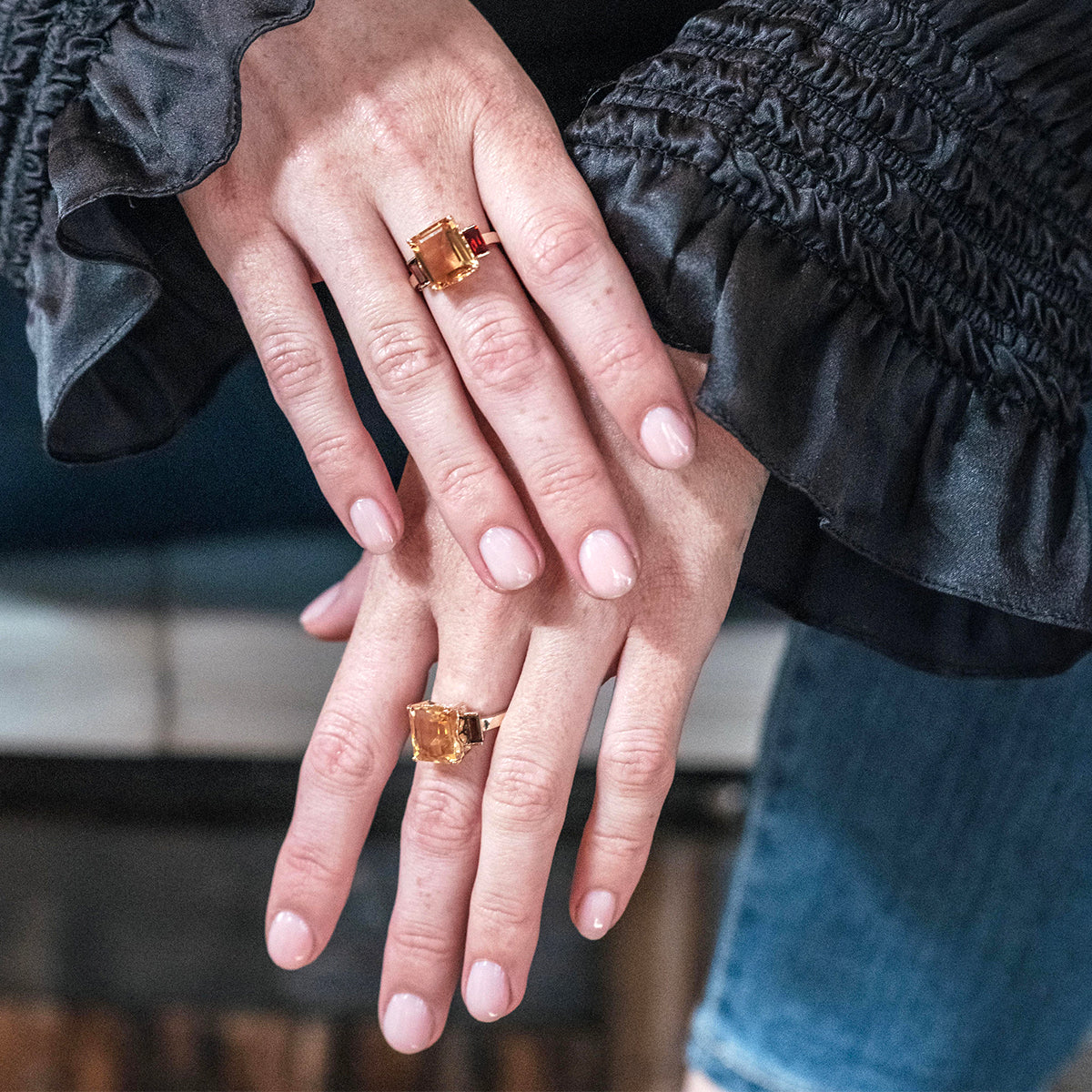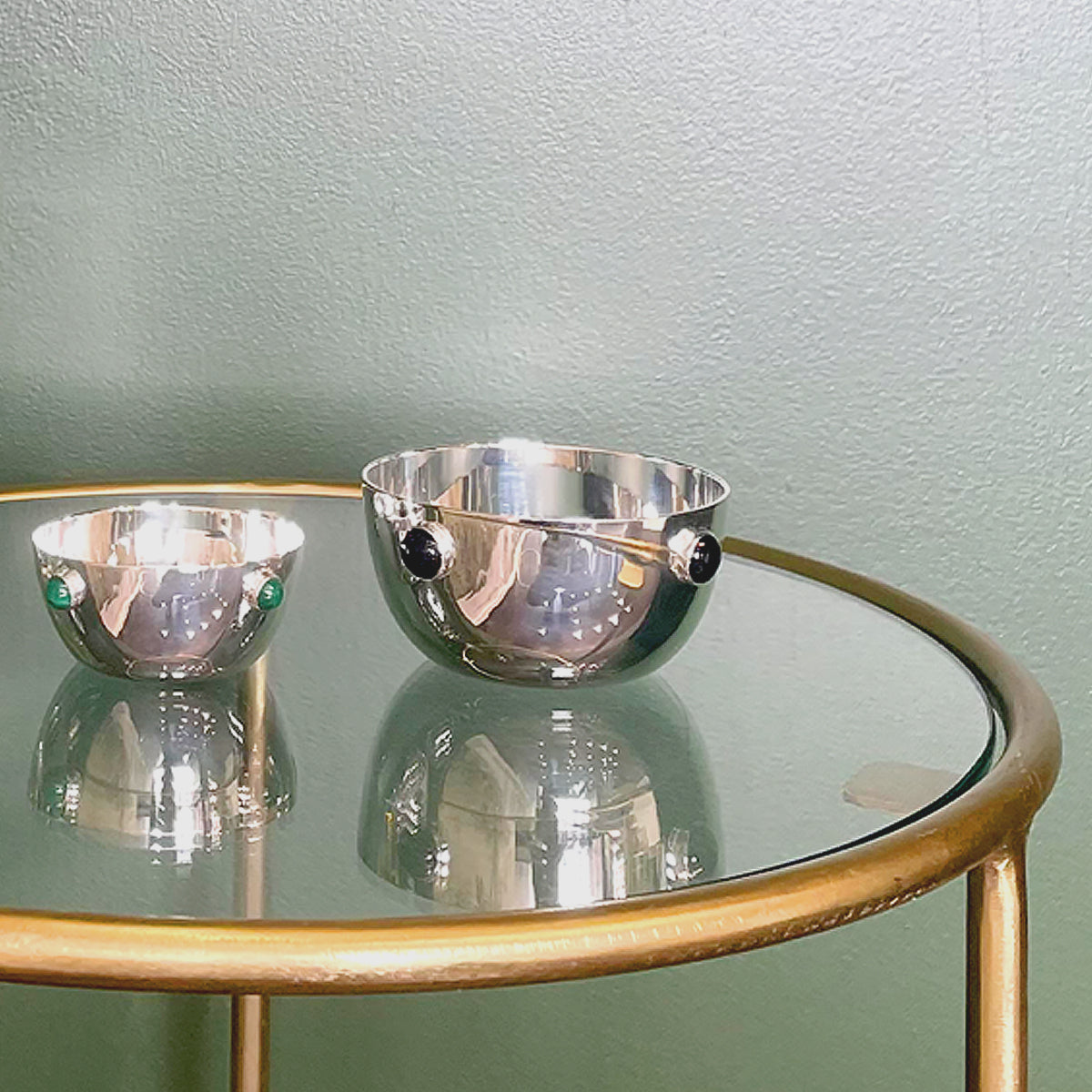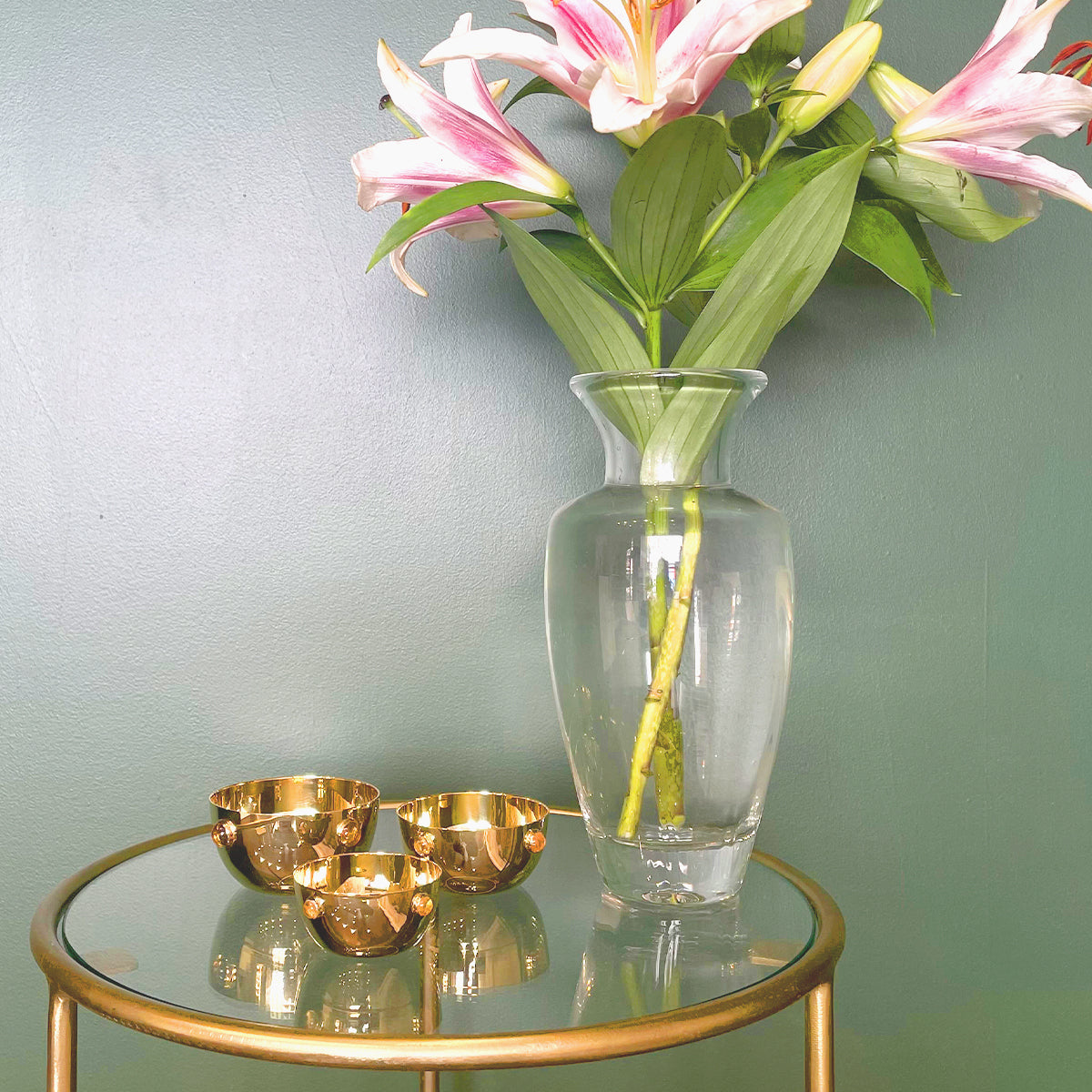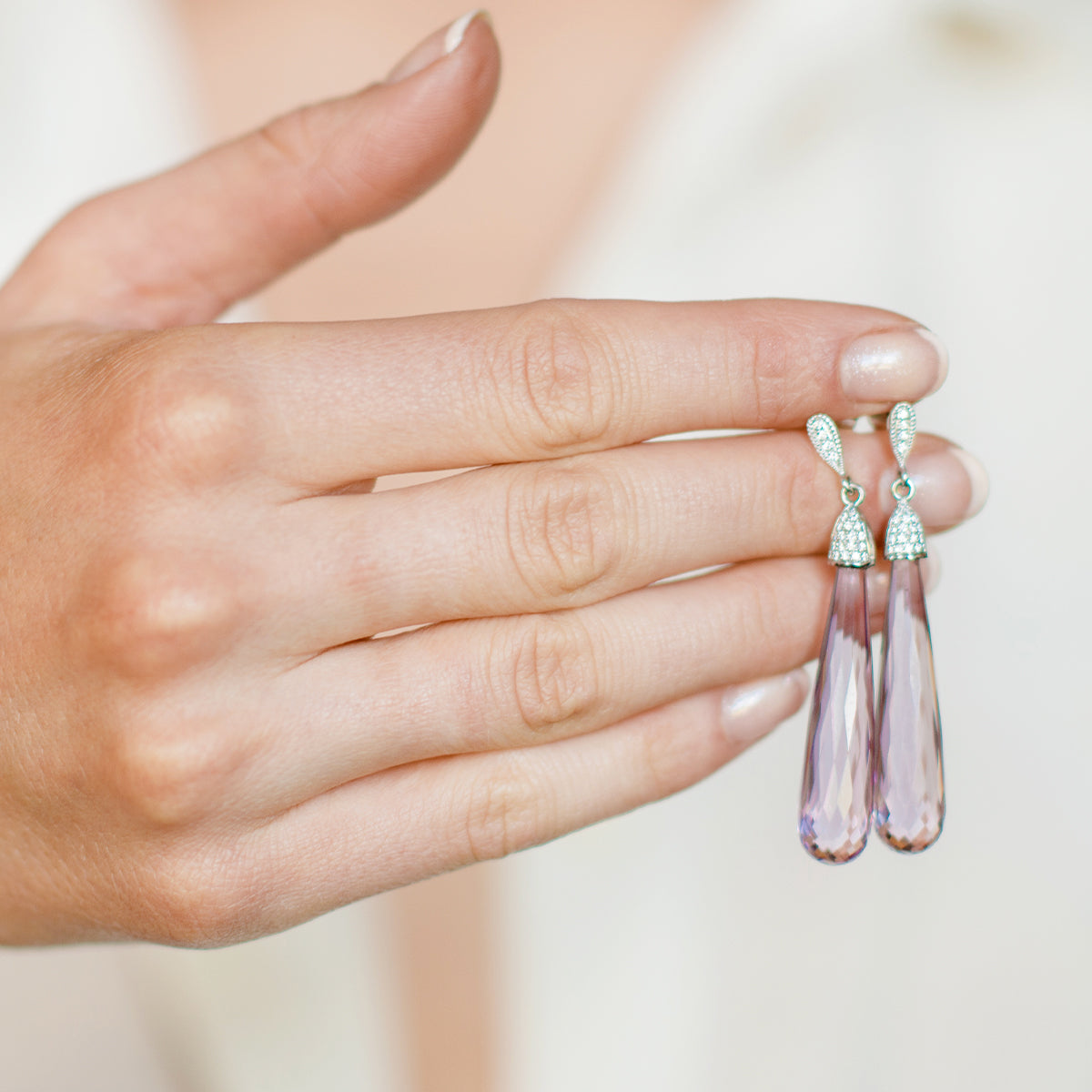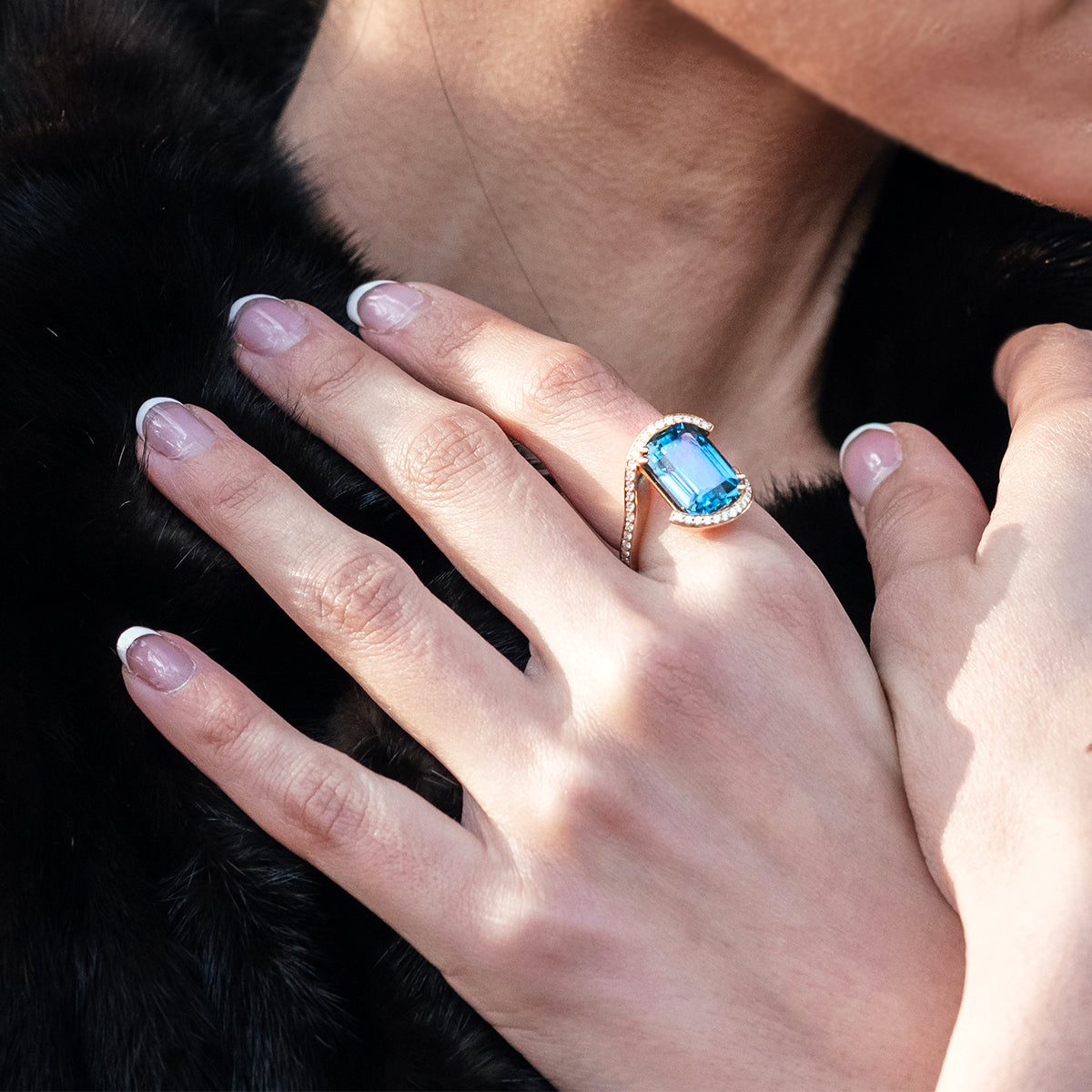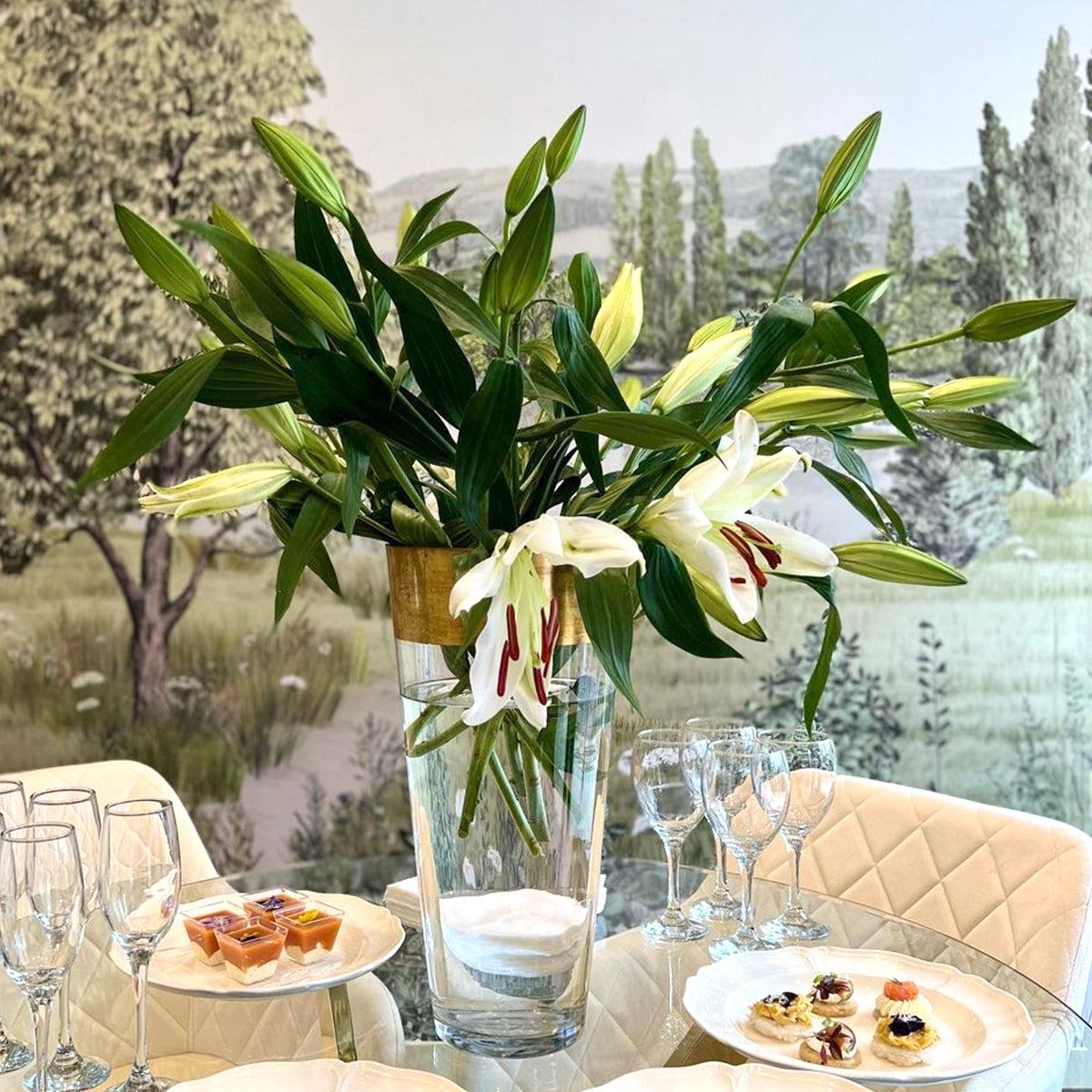
The sky, the sea... these are the first two things we think of when we're asked to think of something blue: two natural elements that are ubiquitous in our environment. And yet, our ancient ancestors had no words to describe this hue for many years, in fact the colour blue was one of the last colours to appear in ancient art and decoration. In the fauna and flora around us, very little is blue, and as for the sky, it's often gray or almost white.
Ancient Egyptians were the first ones who were able to reproduce the colour blue with dyes and pigments and, consequently, were the first civilization to introduce a word in their language to describe this colour. It is only when these pigments began to spread in the world that the word for blue was adopted in other cultures.
The pigment blue had then become a rare and very expensive pigment, and the colour started to gain importance in the world. Blue became synonymous with royalty and was reserved for elites because it was so expensive to produce and the pigments were so valuable.

Image from Oregon State University
Today the colour blue has become very popular and universal thanks to industrialization which has made its production easier. Rare are the people who do not have a pair of classic blue jeans in their wardrobe, and it is the most commonly reported favourite colour across the world’s population. Even if blue is not your favourite, it's hard not to like it.
The colour blue has a calming effect, and naturally lowers blood pressure, which is why many hospitals paint their walls blue. Blue is also considered to have the virtue of satiating; some dieticians even prescribe eating from blue plates to assist with weight loss.
Blue is an escape for our brain, symbolising freedom, and is ideal for physical and mental relaxation. This colour gives us a feeling of security and confidence, and expresses serenity, calmness, and reassurance. Blue has great therapeutic virtues against stress, fatigue, and soothes the nervous system, in addition to lowering blood pressure.

Image by Bjorn Wallander
One’s favourite colour is often thought to reveal some things about their personality and temperament - people who love blue are sensitive, generous, intuitive, faithful, sincere and peaceful people. They like to give their all in what they undertake but do not like to be criticized. As for people who do not like blue, they may lack practicality, stability, and certainty, possessing many questions. Wearing blue is believed to help to overcome selfishness, solve problems and awaken intuition.
Light blues are often associated with health, healing, wisdom, faith and serenity, and are highly appreciated by creative, sensitive and imaginative people. This colour is considered feminine and soft. It is also the colour of introverted people and idealists.
Dark blues, on the other hand, are associated with power, intelligence and expertise. Intelligent and independent people with a great sense of responsibility may be drawn to them. Dark blue is also the colour of listening and dialogue, of balance, and of justice.
Purple-hued blues symbolise spirituality, intuition, and reservedness. Green-hued blues such as turquoise inspire us to seek balance, stability, and strength of character, and represent rigor and communication.
There are many cultural differences in the interpretation of blue. In the West and in the United States, for example, blue is masculinized, while in China it is associated with femininity.
Blue gemstones are famous for eliminating anxiety and improving self-confidence and are believed to help resolve conflict, speak from the heart, and achieve mental focus and clarity. Many people are drawn to blue gemstones, among the most popular are sapphire, aquamarine and blue topaz. In fact, one of our best sellers is the Sky Blue Topaz Silver Ring from our South of France Collection. People love the light blue colour of the stone and elegantly wear the ring from day to night. 
Sky Blue Topaz Silver Ring, South of France Collection
If you are interested in learning more about blue gemstones, please sign up for our "January Blues" Gemstone Talk at Augustine Jewels, where we will teach our guests how to study extraordinary sapphires, aquamarines and rare kyanites. The event is held on Wednesday 29th January 2020, from 7 to 8.30pm, at Augustine Jewels' flagship store in Notting Hill at 75 Westbourne Park Road, London W2 5QH. Register here: http://bit.ly/Januaryblues
